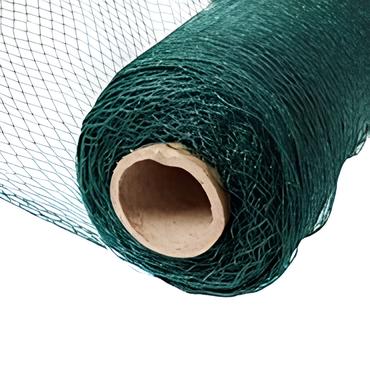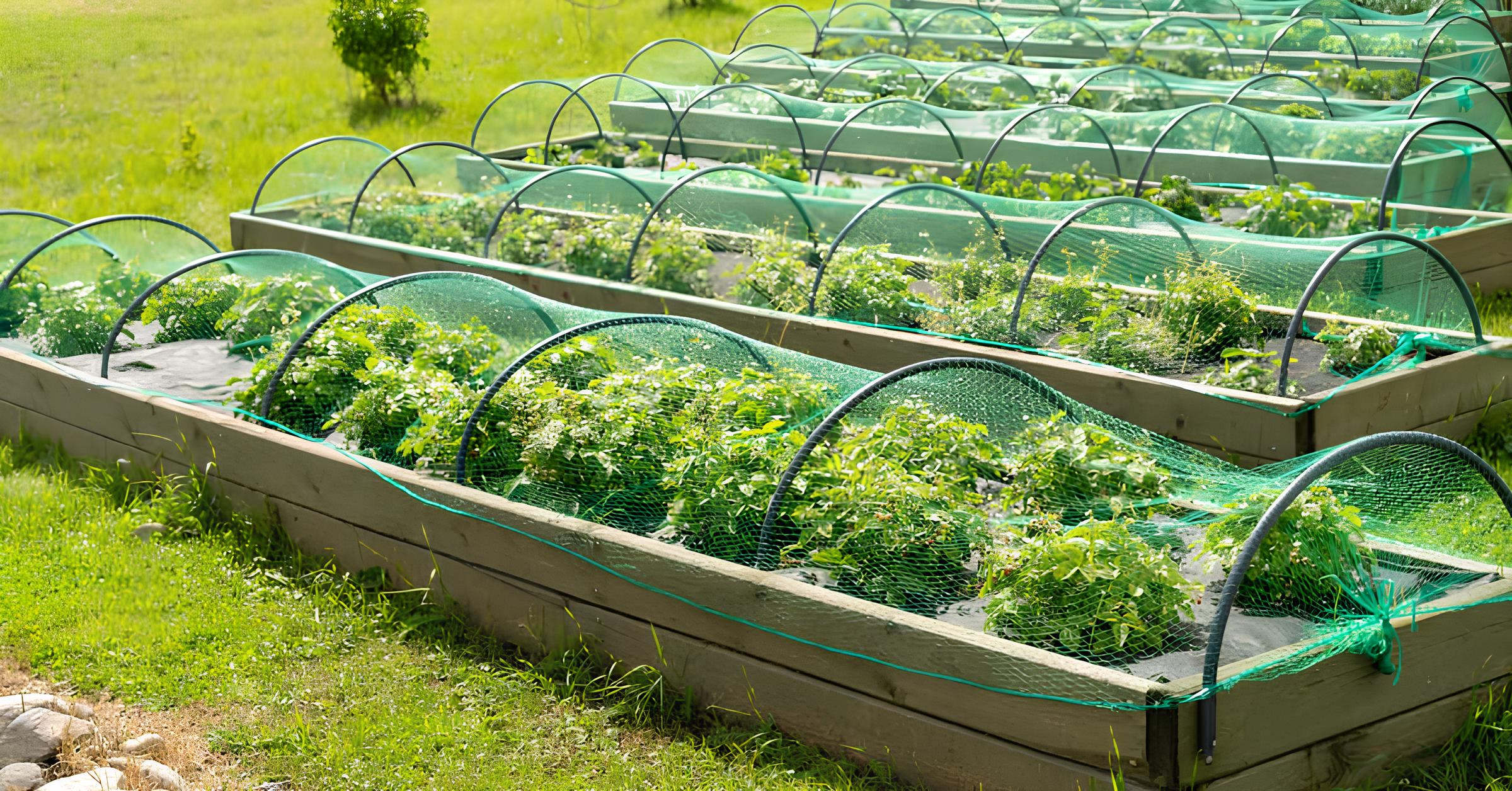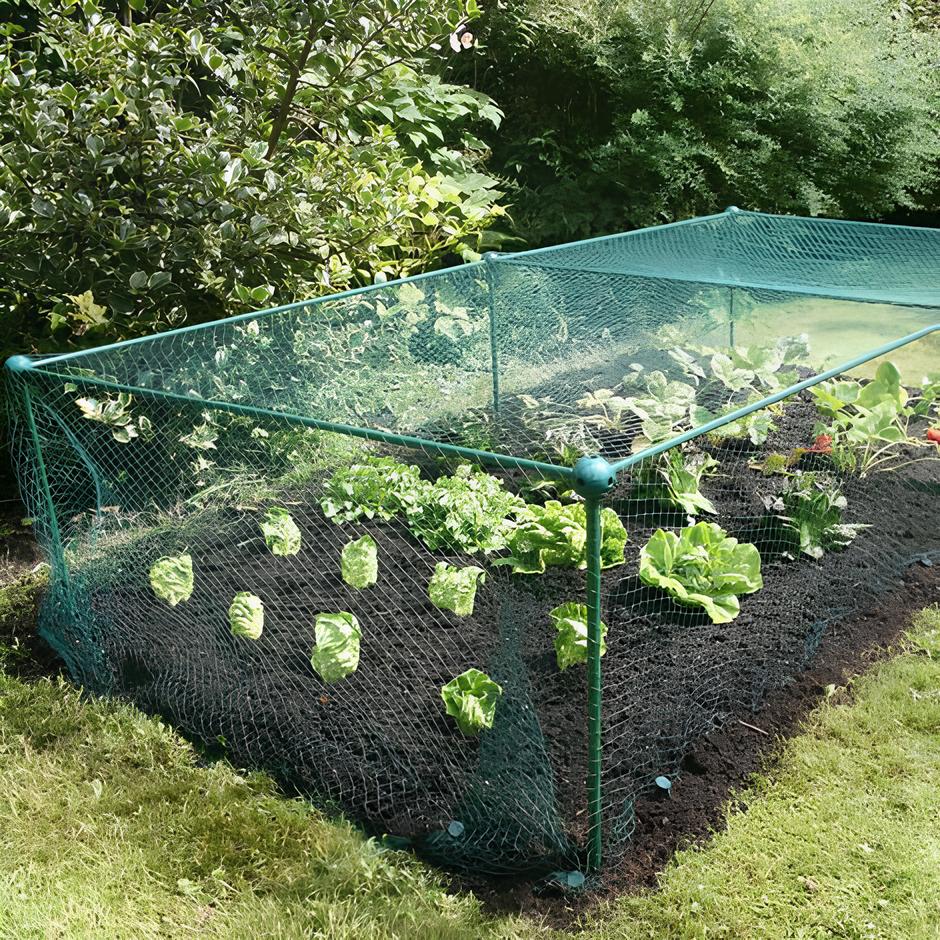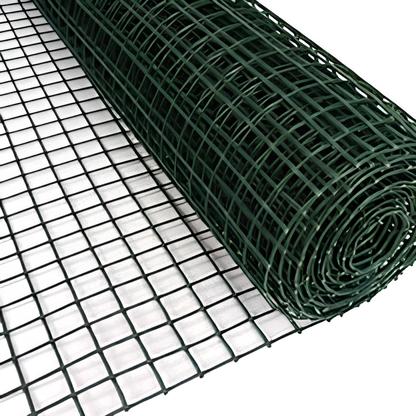The Ultimate Guide to Garden
Nets: Everything You Need to Know
A garden net is a useful and versatile tool in any gardener's toolkit. It is a protective
covering made of various materials like nylon, polyethylene, or polyester mesh. Garden nets come
in different sizes, shapes, and designs to meet the specific needs of your garden. They are
primarily used to protect plants from pests, support climbing plants, and enhance the growth of
vegetables and fruits. Whether you're tending to a small home garden or managing a larger
agricultural area, garden nets can make gardening easier and more productive.
A Comprehensive Guide to Garden
Netting for Organic Pest Control
Garden nets are essential tools for any gardener looking to protect their plants, boost growth,
and reduce the labor required to maintain a healthy garden. Whether you're aiming to protect
your plants from pests, help them climb, or shield them from bad weather, a garden net is an
affordable and effective solution. With so many types available, it’s easy to find the right net
for your gardening needs, and using them can result in a more fruitful and thriving garden.
Step-by-Step Guide to Installing
Garden Nets for Maximum Protection
Proper installation of your garden net is crucial for ensuring its effectiveness. Here’s how to
do it right:
- Choose the Right Location: Make sure you install the netting around the
plants or areas you want to protect (like a fruit tree or vegetable bed).
- Measure Properly: Ensure that the netting is the right size for your
garden. It should be tall enough to cover the plants completely and wide enough to prevent
pests from slipping through.
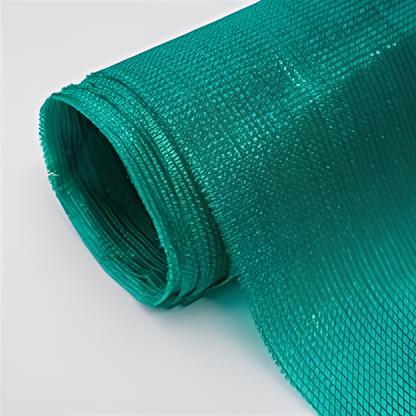
- Secure the Netting: Use stakes, clips, or garden wire to secure the netting
tightly. Ensure there are no gaps where pests could sneak in.
- Monitor and Adjust: Over time, plants may grow through the netting. Check
regularly to ensure it remains intact and adjust it as necessary.
Common Problems with Garden Nets
and How to Fix Them: Troubleshooting Tips
While garden nets are incredibly useful, you might run into a few issues. Here’s how to solve
common problems:
- Torn Nets: Over time, nets can tear, especially if exposed to strong winds
or heavy rain. Use a durable, UV-resistant net to avoid this, or patch up small tears with
garden tape.
- Nets Blowing Away: If the net isn’t properly secured, it can be blown away.
Use stakes, clips, or garden ties to secure the net firmly to the ground or frame.
- Overgrown Plants: As your plants grow, they might become tangled in the
net. Regularly check and adjust the netting to ensure the plants are supported properly.
